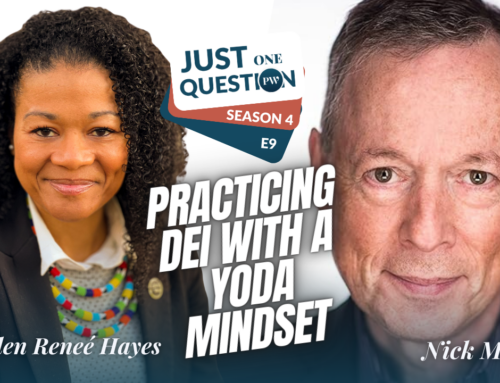It has been a while since I talked about archetypes, but I was thinking about them lately because of a science fiction novel I was reading which was filled with them. Basically, an archetype is a model of a character, or part of a character. The word and concept have been around for a long time, but they were widely popularized by the great Swiss psychologist Carl Jung. Jungian archetypes most broadly are recurring symbols, characters, and narratives that may resonate with all humans, transcending cultural boundaries.
Jung meant primarily aspects of a person – the Self, the Shadow (your Dark Side) and the Persona (the face you put toward the world). But he also talked about a host of other kinds of people, and aspects of people and the natural world, that could be archetypes, from the Child, the Mother, and the Wise Old Man, to the Hero, the Mentor, and the Explorer – and even the Fish and other creatures.
The idea is that, for example, the particular mother who raised you resonates for you with the archetypal mother in some ways, and not in other ways. We live at our best and most fully when we’re in harmony with all the archetypes we summon up through these relationships.
Jung believed that archetypes were real – a kind of bridge between our inner psychological world and the real world out there. More than that, we all have access to universal wisdom and understanding through and with these archetypes.
In public speaking, archetypes can evoke universal themes and tap into the collective unconscious of the audience. Using archetypes can help you create a compelling narrative that speaks to the deepest parts of your listeners’ psyches.
Archetypes such as the Hero, the Mentor, and the Explorer each carry specific qualities that can embody your message. For instance, adopting the Hero archetype in your presentation can convey themes of courage, resilience, and transformation. By sharing personal stories of overcoming obstacles, you invite your audience to see themselves as capable of facing and besting their own challenges. As listeners, we compare ourselves to the archetypes in the stories we hear, and imagine ourselves rising to the occasion, succeeding just like the archetype.
Another angle is to present yourself as the Mentor, offering valuable insights and practical advice to help your audience navigate their own journey. This approach builds trust and positions you as a benevolent authority figure, encouraging listeners to apply your suggestions to their own lives. Alternatively, sharing stories of everyday struggles and triumphs creates a sense of shared experience and solidarity, reinforcing the idea that the challenges you discuss are common to us all – as Everyman or Everywoman.
Incorporating Jungian archetypes into your speech involves precise language and imagery choices. Use metaphors and symbolic language that align with the archetypes you wish to invoke. For example, when discussing transformation, you might use imagery of a phoenix, or a snake, or a shapeshifter from myth. This not only enriches your narrative but also allows the audience to internalize the message on a deep level.
Balance is crucial when employing archetypes in a speech. While a clear narrative based on a specific archetype can be powerful, over-reliance on one archetypal image can lead to oversimplification. Instead, consider blending multiple archetypes to reflect the complexity of your message and the sophistication of your audience.
Finally, simple archetypal words like ‘child’, ‘mother’, ‘father’ and so on have enormous resonance for just about everyone in your audience. The trick is to let your audience do the work, creating the associations, by giving them enough detail to get their minds working, but not so much that you stop them from using their imaginations.
Archetypes work best in simple stories that allow audiences to fill in the blanks. You need to craft these stories – really parables – with great care so that they are not hackneyed or silly. If you do it right, you can create powerful, memorable stories that call us all to our best, archetypal selves.









Leave A Comment